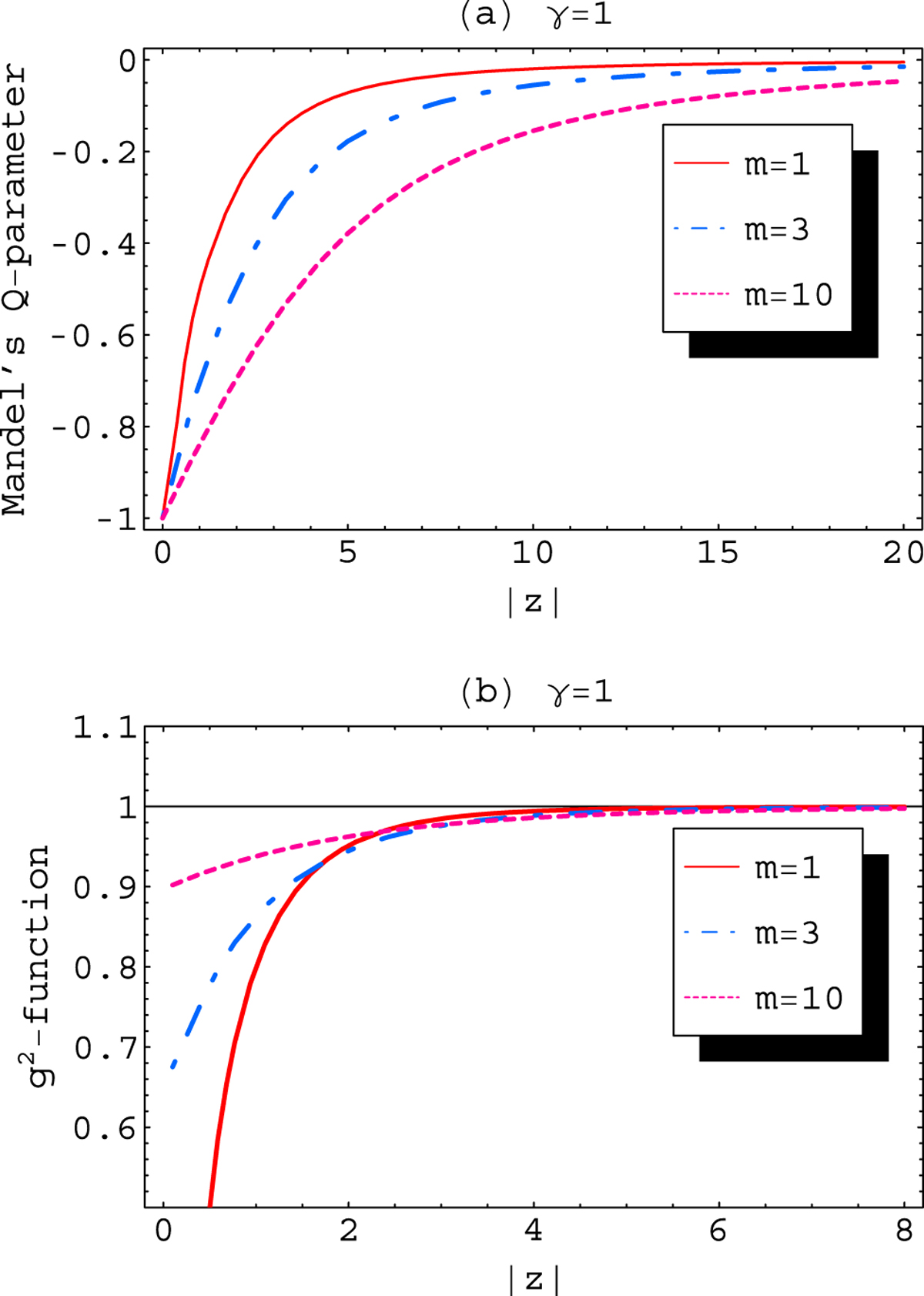EPJ D Highlight - When photons spice up the energy levels of quantum particles
- Details
- Published on 12 June 2018

New study reveals theoretical calculation of new possible state for quantum particles which have received a photon
Quantum particles behave in mysterious ways. They are governed by laws of physics designed to reflect what is happening at smaller scales through quantum mechanics. Quantum state properties are generally very different to those of classical states. However, particles finding themselves in a coherent state are in a kind of quantum state which behaves like a classical state. Since their introduction by Erwin Schrödinger in 1926, coherent states of particles have found many applications in mathematical physics and quantum optics.
Now, for the first time, a team of mathematical physicists from Togo and Benin, call upon supersymmetry - a sub-discipline of quantum mechanics - to explain the behaviour of particles that have received a photon. These particles are subjected to particular potential energies known as shape-invariant potentials.
In a paper published in EPJ D, Komi Sodoga and colleagues affiliated with both the University of Lomé, Togo, and the University of Abomey-Calavi, in Cotonou, Benin, outline the details of their theory. These findings are relevant to scientists working on solving quantum optics and quantum mechanics applications.
The authors show that their new states are not distributed in a classical way. The way the number of photons is distributed is different from the distribution in conventional coherent states. Their work can be applied to all models satisfying shape invariance conditions for which an exact solution exists, such as three-dimensional harmonic oscillator, Coulomb or Morse potentials, etc.
K. Sodoga, M. N. Hounkonnou and I. Aremua (2018) Photon-added coherent states for shape-invariant systems, European Physical Journal D 72: 105, DOI: 10.1140/epjd/e2018-80684-y





